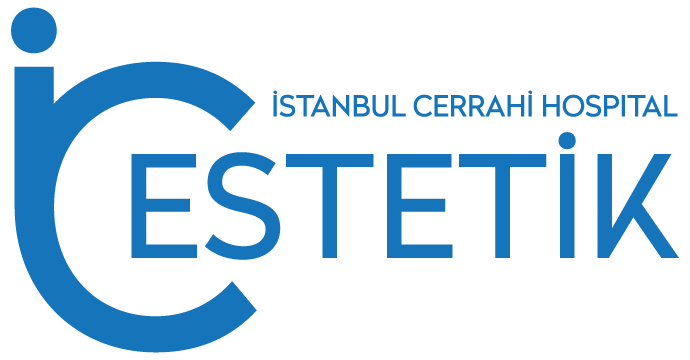Retinoblastoma
Retinoblastoma, an uncommon eye cancer initiating in the retina, primarily impacts young children, although occurrences in adults are rare. The retina, a crucial nerve tissue lining the eye, senses light and transmits signals through the optic nerve to the brain for image interpretation. Retinoblastoma represents the most prevalent form of eye cancer in children, potentially affecting one or both eyes.
Symptoms and Recognition
Due to its prevalence in infants and small children, symptoms of retinoblastoma may not be readily noticeable. Signs to watch for include a whitish appearance in the eye’s center (pupil) when exposed to light, eyes appearing misaligned, compromised vision, as well as redness or swelling in the eye.
When to Seek Medical Attention
Promptly consult a child’s doctor upon observing any concerning changes in their eyes. Given the rarity of retinoblastoma, doctors may initially explore more common eye conditions. Additionally, discussing any family history of retinoblastoma with a doctor before planning children is advisable.
Understanding Causes and Spread
Retinoblastoma arises from genetic mutations in retinal nerve cells, driving uncontrolled cell growth, and tumor formation. These tumors might infiltrate the eye and neighboring structures, potentially metastasizing to other body areas like the brain or spine. While the cause of most retinoblastoma cases remains unclear, inherited genetic mutations from parents could contribute.
Preventive Measures and Genetic Testing
As no definitive preventive measures exist, genetic testing assumes significance for families with inherited retinoblastoma. It aids in identifying inherited risks, facilitating early medical interventions such as early eye exams post-birth or even before birth, enabling timely detection of small tumors for better treatment outcomes and vision preservation.
Genetic Testing Benefits
Genetic testing helps ascertain various aspects, such as the risk of associated cancers in affected children, the likelihood of passing gene mutations to future generations, and the potential risk for other children in the family. This testing empowers families to plan medical care and make informed decisions regarding family planning. Consulting a genetic counselor can guide families in making these critical decisions.
Retinoblastoma, though rare, poses significant challenges, particularly in its subtle symptom presentation and potential impact on a child’s vision. Understanding its origins in genetic mutations within retinal nerve cells and its potential spread underscores the importance of early detection and tailored medical interventions. Genetic testing emerges as a crucial tool, aiding families in assessing inherited risks and enabling proactive medical planning. While preventive measures for retinoblastoma remain elusive, the proactive approach enabled by genetic testing offers hope for timely detection, early treatment, and the preservation of vision, shaping a more informed and prepared path for affected families.

